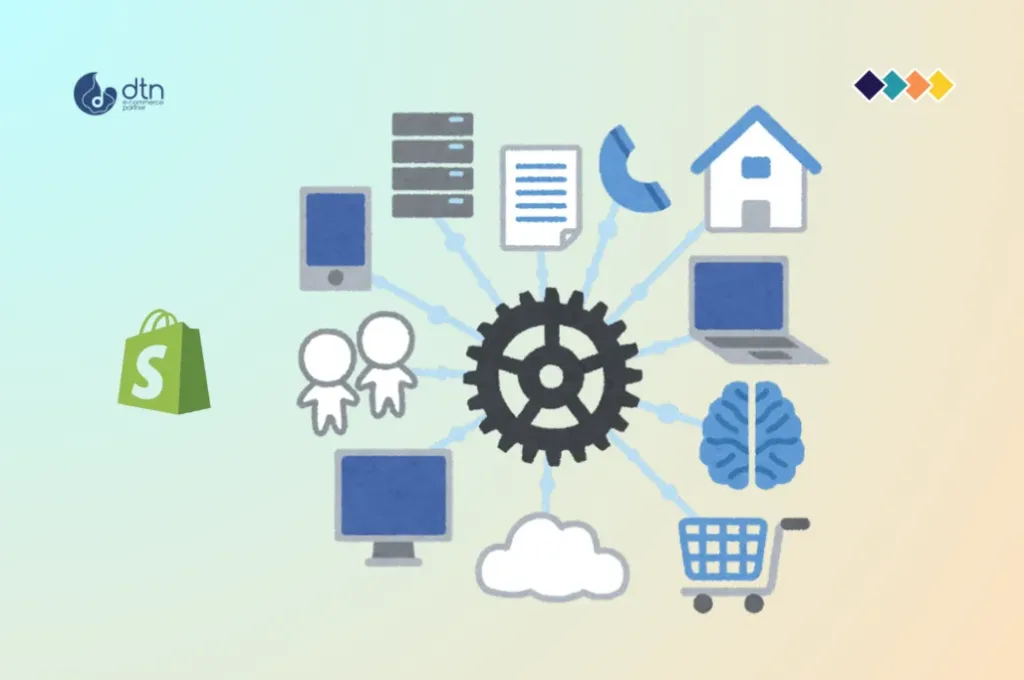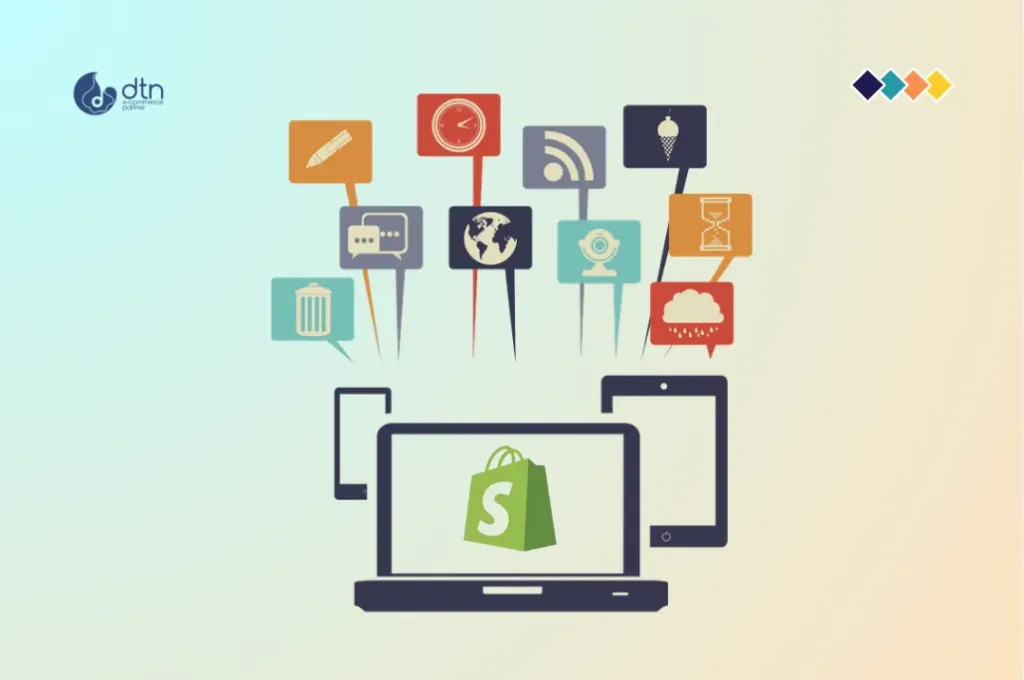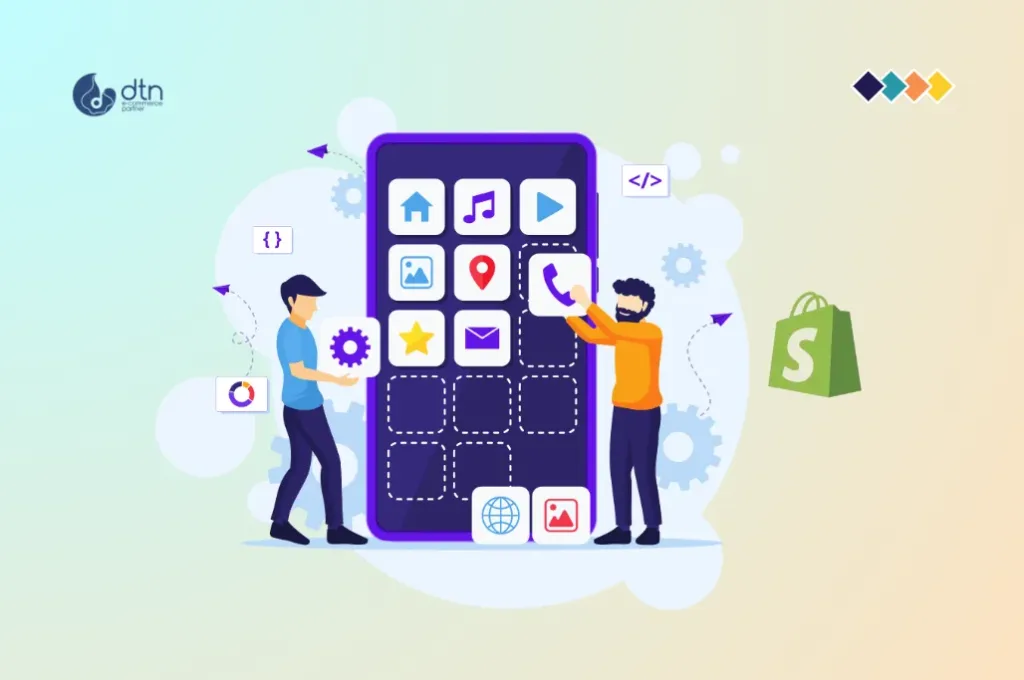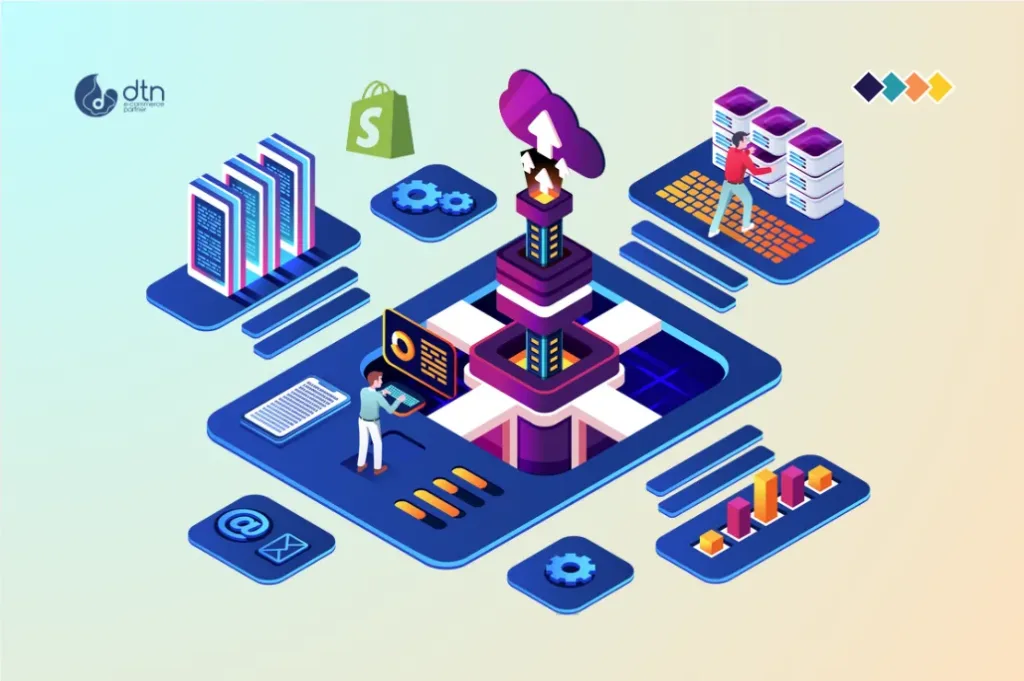Shopify’s robust ecosystem thrives on its app store, offering a vast library of tools to extend the functionality of your online store. Integrating these apps can significantly enhance your business operations, from streamlining marketing efforts and optimizing logistics to improving customer experience and boosting sales. However, understanding the intricacies of Shopify app integration is crucial for maximizing its benefits and avoiding potential pitfalls. This comprehensive guide will explore various aspects of Shopify app integration, equipping you with the knowledge to make informed decisions.
Table of Contents
Understanding the Shopify App Ecosystem
The Shopify App Store houses thousands of apps developed by both Shopify and third-party developers. These apps cater to a wide range of needs, broadly categorized into:
- Marketing & Sales: These apps aid in email marketing, social media integration, SEO optimization, running promotions, and analyzing sales data. Examples include Klaviyo, Omnisend, SEO Manager, and more.
- Shipping & Logistics: These streamline order fulfillment, shipping label generation, inventory management, and tracking. Popular choices include ShipStation, Shippo, and Deliverr.
- Customer Service: Apps in this category enhance customer communication and support, providing features like live chat, helpdesk integration, and automated responses. Examples include Zendesk, Gorgias, and Help Scout.
- Store Management & Operations: This category covers tools for inventory management, product reviews, accounting integration, and reporting. Examples include Inventory Planner, Judge.me, and Xero.
- Payment & Finance: These apps extend payment gateway options, manage subscriptions, and facilitate financial reporting. Examples include PayPal, Stripe, and Recurly.

Types of Shopify App Integrations
Shopify apps integrate with your store through different methods:
- API-based Integrations: This is the most common type, utilizing Shopify’s APIs (Application Programming Interfaces) to exchange data and functionality between the app and your store. This allows for seamless and robust integration, offering greater flexibility and control.
- Embedded Apps: These apps run directly within the Shopify admin interface, offering a user-friendly experience. They often require less technical expertise to set up and use.
- Iframe Integrations: These apps load within an iframe, a self-contained HTML document embedded within your store’s website. While simpler to implement in some cases, they offer less control and integration compared to API-based apps.

Choosing the Right Shopify Apps
Selecting the right apps requires careful consideration of your specific needs and business goals. Here are some key factors:
- Functionality: Clearly define the problem you’re trying to solve or the functionality you’re seeking. Research apps that directly address your needs.
- Reviews & Ratings: Check the app’s ratings and reviews in the Shopify App Store. Pay attention to both positive and negative feedback to gauge its reliability and performance.
- Pricing & Fees: Understand the app’s pricing model. Many apps offer free plans with limited features, while others require monthly or annual subscriptions. Factor in recurring costs into your budget.
- Security & Privacy: Ensure the app is developed by a reputable developer and complies with Shopify’s security standards. Check their privacy policy to understand how your data is handled.
- Ease of Use: Consider the app’s user interface and how intuitive it is to use. Choose apps that align with your technical skills and comfort level.
- Integration with Other Apps: Check if the app integrates with other apps you’re currently using to avoid conflicts or redundancy.

Implementing Shopify App Integrations
Once you’ve chosen your apps, the integration process usually involves these steps:
- Installation: Find the app in the Shopify App Store and click “Add app.” You might need to provide store credentials.
- Configuration: Configure the app’s settings based on your specific requirements. This often involves connecting accounts, setting up triggers, and customizing preferences.
- Testing: Thoroughly test the app’s functionality to ensure it works as expected and integrates seamlessly with your store. Check for bugs, errors, and potential conflicts.
- Monitoring: Regularly monitor the app’s performance and keep an eye on any updates or changes. Ensure it continues to meet your needs and remains compatible with your store.

Potential Challenges and Solutions
While app integration offers numerous benefits, potential challenges include:
- Performance Issues: Poorly coded or poorly optimized apps can slow down your store’s loading speed. Choose reputable apps with positive performance reviews.
- Conflicts with Other Apps: Apps may conflict with each other, causing unexpected behavior or malfunctions. Thorough testing and careful selection of compatible apps are crucial.
- Security Risks: Malicious apps can compromise your store’s security and expose your data. Only install apps from reputable developers and carefully review their security practices.
- Cost Management: Managing multiple app subscriptions can become expensive. Prioritize apps that offer the best value for your money and avoid unnecessary subscriptions.

Conclusion
Shopify app integration is a powerful way to enhance your online store’s functionality and achieve your business goals. By understanding the different types of apps, choosing carefully, implementing effectively, and addressing potential challenges proactively, you can leverage the power of the Shopify app ecosystem to drive growth and success. Remember, thorough research, careful planning, and ongoing monitoring are key to a smooth and successful integration process.
Frequently Asked Questions
We’ve compiled a list of answers to common questions.
What types of apps can I find in the Shopify App Store?
Shopify apps are categorized into various functions like marketing & sales (e.g., Klaviyo, SEO Manager), shipping & logistics (e.g., ShipStation, Deliverr), customer service (e.g., Zendesk, Gorgias), store management (e.g., Inventory Planner, Judge.me), and payment & finance (e.g., PayPal, Stripe). Each app is designed to enhance specific aspects of your business operations.
What are the different types of Shopify app integrations?
Shopify apps integrate with stores through:
- API-based integrations, offering seamless data exchange and flexibility.
- Embedded apps, which operate directly within Shopify’s admin interface for ease of use.
- Iframe integrations, which are simpler but provide less control compared to API-based solutions.
How can I choose the right Shopify apps for my store?
When selecting apps, consider:
- The functionality you need.
- Reviews and ratings from other users.
- Pricing models (free plans or subscriptions).
- Security and privacy policies.
What challenges might arise during Shopify app integration?
Common challenges include:
- Performance issues: Some apps may slow down your store.
- Conflicts with other apps: Apps might interfere with each other, requiring careful testing.
- Security risks: Ensure apps come from trusted developers to protect your store.
- Cost management: Multiple app subscriptions can add up, so prioritize essential apps.
What steps are involved in integrating a Shopify app?
The integration process includes:
- Installation: Adding the app from the Shopify App Store.
- Configuration: Adjusting settings to suit your needs.
- Testing: Ensuring the app works correctly without conflicts.
- Monitoring: Regularly checking for updates and maintaining compatibility.



